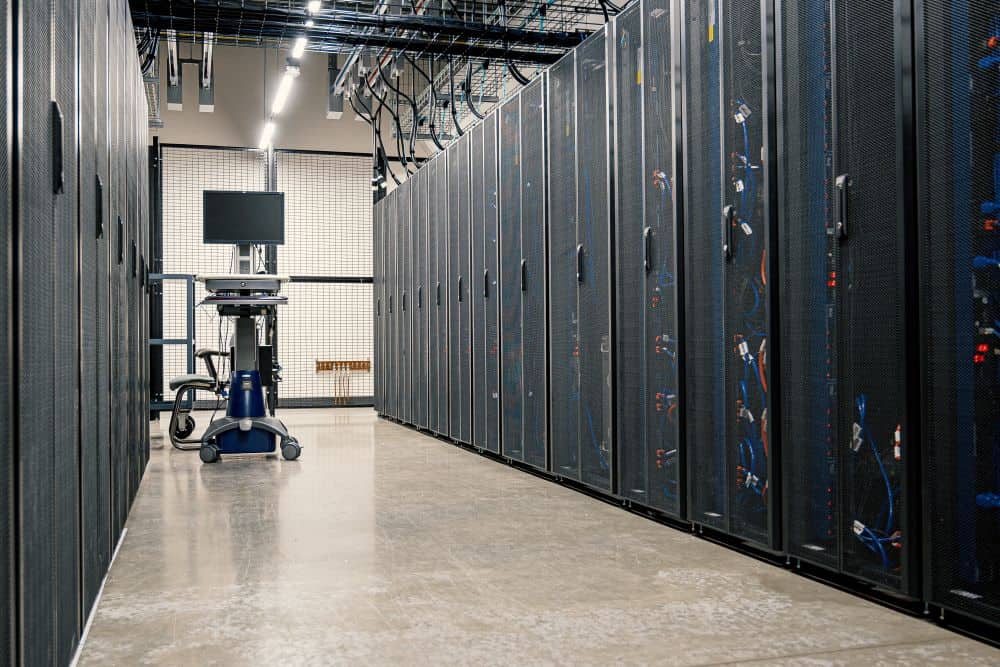With the rise of remote work, cloud computing, and bring your own device (BYOD) policies, the cyber attack surface has expanded beyond the confines of traditional corporate networks. To navigate the contemporary cyber security terrain, organisations require a security approach that goes beyond point solutions and reactive measures, and layers protections to provide redundancy, ensuring that if one layer fails, others remain to protect the system.
As a strategic framework, defence in depth mitigates risk by assuming that no single control can be relied upon to stop all threats. Instead, it provides overlapping layers of security to reduce the likelihood of a successful attack, and the resulting impact, should one occur.
Defence in Depth Defined
Defence in depth is a cyber security strategy that involves deploying multiple, complementary layers of defence across an organisation’s IT environment, resulting in a depth of protection, or defence. Rather than relying on a single control or technology, it acknowledges that every layer can fail, and therefore redundancy is critical.
This model is rooted in military strategy and has been adapted to cyber security with a simple but powerful principle: if one layer is breached, others stand ready to defend. Each control in the chain serves a distinct purpose, from prevention and detection to response and recovery.
A robust defence in depth strategy is multi-dimensional, extending beyond technical controls to encompass every facet of an organisation’s security environment. It is best understood through three foundational pillars: physical security, technical security, and administrative security. Each plays a vital role in creating a resilient and layered defence posture.
The Three Pillars of Defence in Depth
Physical Security
While often overlooked in digital security discussions, physical security forms the first line of defence. It protects the organisation’s infrastructure (servers, networking equipment, end-user devices, and even backup media) from unauthorised access or tampering.

Physical Security In Practice:
Access Controls
The use of badge readers, biometric authentication, and security guards to restrict access to sensitive areas such as data centres and server rooms.
Surveillance Systems
CCTV cameras and intrusion detection systems provide visibility and real-time alerting for physical breaches.
Environmental Controls
Fire suppression systems, temperature monitoring, and uninterruptible power supplies (UPS) ensure that physical infrastructure remains resilient and operational during emergencies.
Device Control Policies
Protocols that govern the secure storage, transport, and disposal of equipment such as laptops, mobile devices, and removable media.
Physical security is essential for protecting systems that, if compromised, could bypass even the most sophisticated cyber controls. In regulated environments such as finance or healthcare, physical controls may even be required for compliance.
Technical Security
Technical security encompasses the digital tools and configurations deployed by an organisation to prevent, detect, and respond to cyber threats. This is the most visible and rapidly evolving component of defence in depth, and it spans the entire technology stack, from the perimeter to the endpoint, and from on-premises systems to the cloud.

Technical Security In Practice:
Network Security
Firewalls, Intrusion Prevention Systems (IPS) and network segmentation to control and monitor traffic flow and reduce the attack surface.
Endpoint Protection
Antivirus, Endpoint Detection and Response (EDR) and device encryption solutions that detect and mitigate threats at the user device level.
Identity and Access Management (IAM)
Enforcement of least privilege, multi-factor authentication, single sign-on and risk-based conditional access to reduce the risk of identity compromise.
Cloud and Application Security
Cloud Security Posture Management (CSPM), workload protection, API security, and robust SaaS governance to secure modern cloud-native environments.
Data Protection Tools
Encryption, Data Loss Prevention (DLP) and information classification systems to secure sensitive data in use, in motion, and at rest.
Effective technical security relies on integration and visibility. Tools must not operate in isolation, rather, they should feed data into centralised platforms like SIEM systems, enabling timely and coordinated responses to threats.
Administrative Security
Administrative controls define the policies, procedures, and practices that govern how security is implemented, managed, and enforced across an organisation. These controls ensure that people and processes align with strategic security objectives.

Administrative Security In Practice:
Security Policies and Standards
Formal documentation of acceptable use, access control, incident response, and data handling procedures, setting clear expectations for all personnel.
Security Awareness Training
Regular, role-based training programmes to educate employees about emerging threats such as phishing, business email compromise, and social engineering attacks.
Governance Frameworks
Oversight mechanisms such as risk assessments, internal audits, and management reviews that ensure security controls are functioning effectively and in compliance with internal and external requirements.
Incident Response Planning
Clearly defined and rehearsed procedures for identifying, containing, and recovering from security incidents, ensuring the organisation can respond rapidly and effectively under pressure.
Third Party Risk Management
Evaluation and monitoring of suppliers, partners, and service providers to ensure that they adhere to appropriate security standards and do not introduce unacceptable risk.
Administrative security sets the foundation for consistent and enforceable security practices across departments and disciplines. Without it, even the most advanced technologies can be undermined by human error, poor decision making, or a lack of accountability.
By integrating physical, technical, and administrative security, organisations can create a truly layered and resilient defence in depth strategy. Each pillar supports the others, addressing different threat vectors and failure points. This holistic approach ensures that if one control is circumvented, whether through a compromised user account, a misconfigured service, or a physical breach, other safeguards remain in place to prevent further escalation.
Threatscape offers a wide variety of professional services purpose-built to address organisations’ evolving cyber and information security needs. Whether that’s upskilling your internal team, deploying a new solution, ongoing technical support, or an industry-specific security challenge, we have the capability to support your business.
Talk to us today and an account manager will be in touch to advise how we can best support your cyber security journey.







